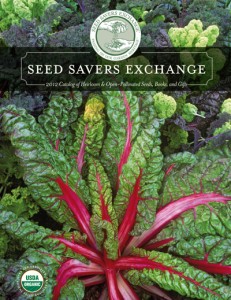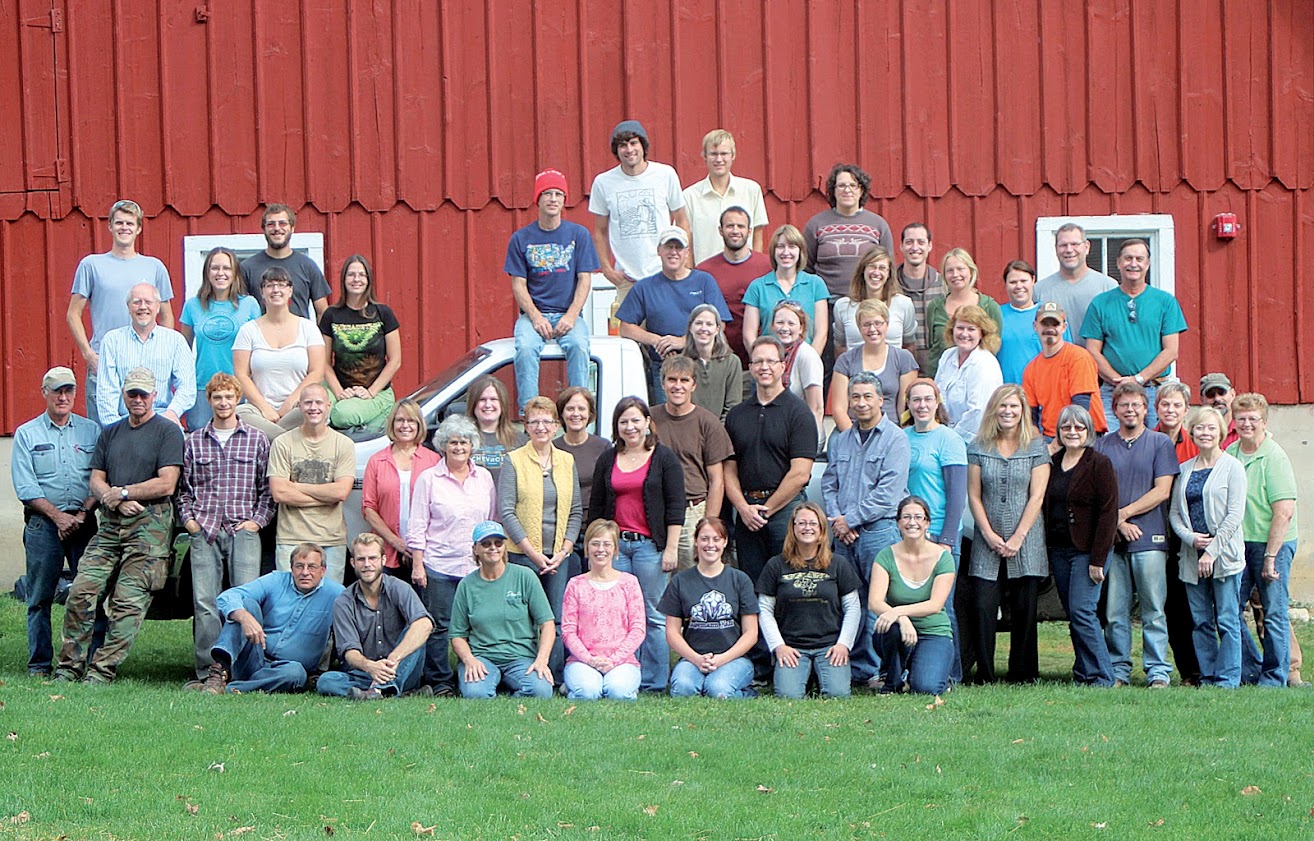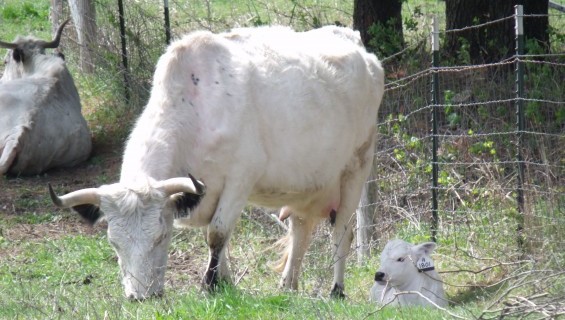Illinois gardener to lead Seed Savers Exchange board
/ Decorah, Iowa – Seed Savers Exchange, Inc., a leading non-profit organization dedicated to saving and sharing heirloom seeds, announces the election of Keith Crotz as chair of its board of directors. The decision was made at the board’s July 19th meeting.
Decorah, Iowa – Seed Savers Exchange, Inc., a leading non-profit organization dedicated to saving and sharing heirloom seeds, announces the election of Keith Crotz as chair of its board of directors. The decision was made at the board’s July 19th meeting.
Crotz succeeds Amy P. Goldman, who is stepping down after serving on the board for more than 10 years, half of that time as board chair. Goldman will become a special advisor to the board of directors.
Mr. Crotz, 58, has served on the board of directors since 2008 and has been active in board committees related to finances and publications. He is an agricultural literature historian and rare book dealer and owner of American Botanist Booksellers, which does collection development for colleges, universities and individuals. While on the board, Keith has been instrumental in the development of the rare books collection at Seed Savers Exchange, which includes historic seed catalogs and related ephemera. He lives in Chillicothe, Illinois, and has been a member of Seed Savers Exchange since 1984.
"This change in leadership comes at a time of unprecedented growth at Seed Savers Exchange,” Crotz said, noting that Seed Savers Exchange has more than 13,000 members in all 50 states and 40 countries. “I am proud to be asked by my colleagues to help lead this organization into the next phase of its development.”
Crotz credits Ms. Goldman of Rhinebeck, New York, the author of three books on heirloom varieties, for helping to transform Seed Savers Exchange, saying, “During Amy’s tenure as board chair, SSE doubled its membership, brought focus and professionalism to its operations, and strengthened programs that fulfill its mission.”
“Seed Savers Exchange is in excellent hands,” Goldman said. “The board and staff have just completed a strategic long range plan and share a common vision for the future. This is the perfect time to transition to new leadership.”
Founded in 1975, Seed Savers Exchange operates an 890-acre farm in northeast Iowa where thousands of rare fruit, vegetable, and other plant varieties are regenerated and preserved in a central collection. Its mission is conserving and promoting America’s culturally diverse but endangered food crop heritage for future generations by collecting, growing, and sharing heirloom seeds and plants. For information visit www.seedsavers.org
For more information contact John Torgrimson, Executive Director john@seedsavers.org 563-387-5631







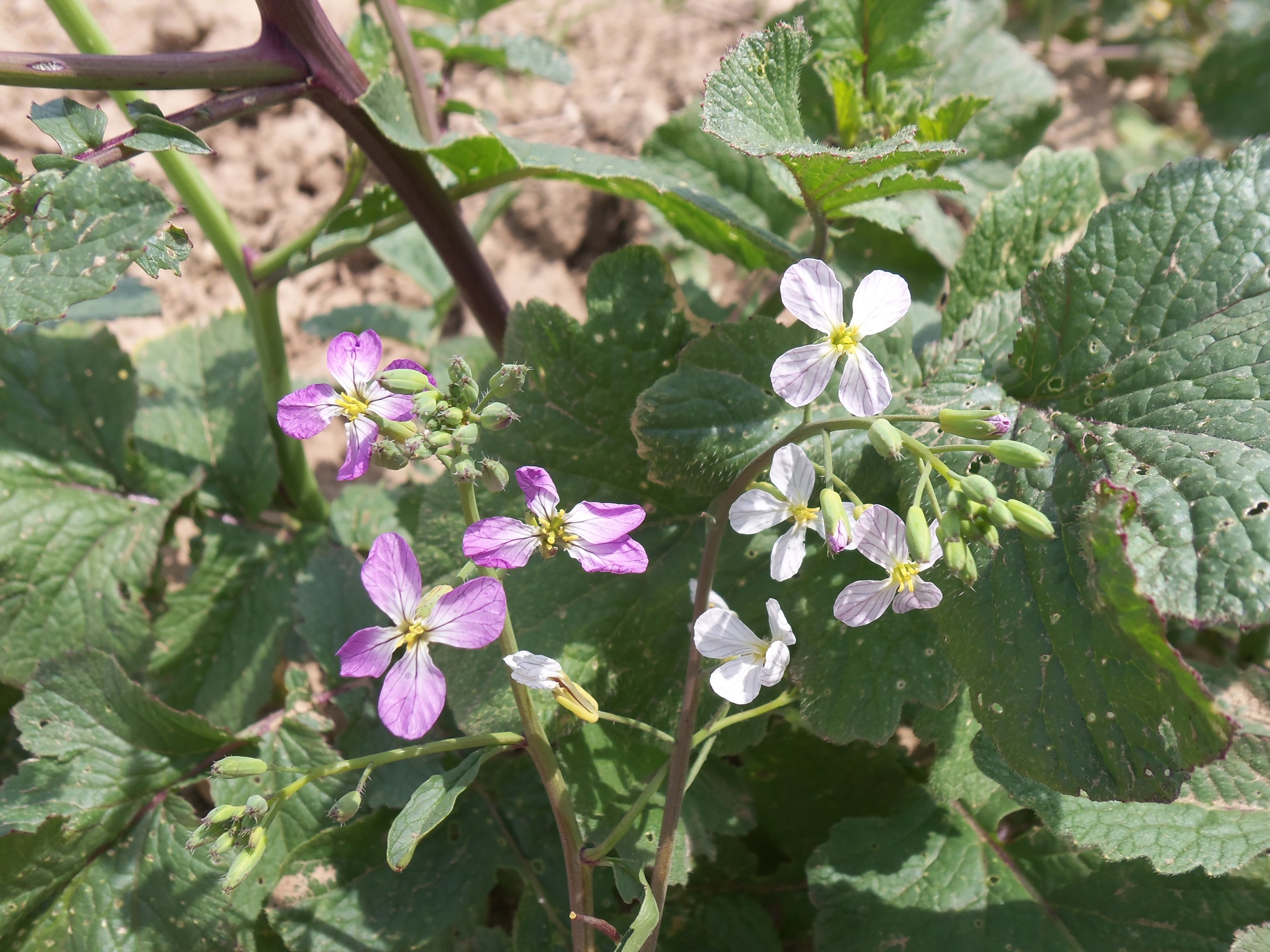

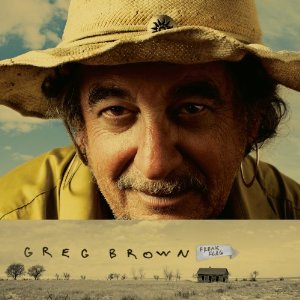 Singer-songwriter and longtime friend of Seed Savers Exchange Greg Brown will return to Heritage Farm for a benefit concert under the stars on July 14, 2012! Joining Greg will be special guest Bo Ramsey.
This acoustic performance marks Brown’s ninth stage appearance at Seed Savers Exchange (SSE), a favorite venue of the Iowa superstar. This benefit concert will support SSE’s mission to maintain and distribute heirloom varieties.
Singer-songwriter and longtime friend of Seed Savers Exchange Greg Brown will return to Heritage Farm for a benefit concert under the stars on July 14, 2012! Joining Greg will be special guest Bo Ramsey.
This acoustic performance marks Brown’s ninth stage appearance at Seed Savers Exchange (SSE), a favorite venue of the Iowa superstar. This benefit concert will support SSE’s mission to maintain and distribute heirloom varieties.
